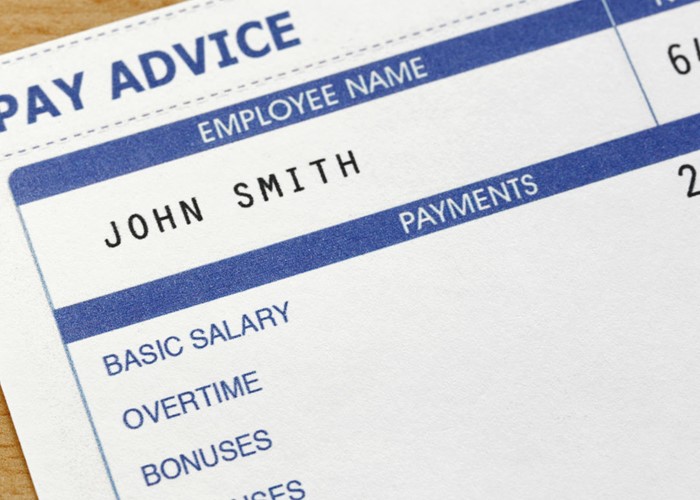Public sector pay premium disappearing

Pay gap between public and private sector workers nearly back to pre-crisis levels.
The pay premium enjoyed by public sector workers has narrowed thanks to austerity measures, but their wages are still ahead of those in the private sector, according to a new report from the Institute for Fiscal Studies (IFS).
The think tank found that at the height of the financial crisis, between 2008 and 2010, private sector pay fell faster in real terms than in the public sector.
However, the IFS said this trend had reversed since 2010 and as a result the public-private sector pay gap was closing.
The report estimated public sector workers earned around 4% more than private sector workers in 2013/14, down from 5% a year before. But the gap is expected to narrow to around 2% by the start of next year - bringing the difference back to pre-crisis levels.
However, the report warns the gap is larger when taking into account generous pension arrangements in the public sector, despite Government reforms. It also points to considerable variations in the pay gap when looking at the type of worker and the area of the country where they work.
Variations of pay gap
The IFS report found that those with low wages and low levels of qualifications were better off in the public sector. But higher earners and those with higher qualifications tend to earn more in the private sector.
In 2013/14 public sector pay for women was found to be around 8% higher than in the private sector. But for men the difference was close to zero.
When it comes to location, public sector jobs were better paid in Wales, Northern Ireland and the South West. But in London and the South East the premium was close to zero, while in some cases private sector pay was found to be higher.
One of the authors of the IFS report, Jonathan Cribb, said: "There is substantial variation in the estimated differential between public and private sector pay for different types of workers and across different parts of the country.
"This might suggest differentiating pay awards going forward. But the uncomfortable truth is that it is lower paid workers, women and those in poorer regions who do best in the public sector relative to the private sector."
Impact of pensions on pay gap
While location and type of worker produced some variations on the level of the pay gap, it's pensions that had the biggest impact.
Public sector wages based on headline pay alone were about 7% above those in the private sector in 1997 and about 2% higher in 2007.
However, once the value of pensions are taken into account the pay gap difference increases to 18% in 1997 and 20% in 2007.
Most public sector workers are members of defined benefit pension schemes or schemes with generous employer contributions. In contrast, employer contributions for private sector workers tend to be much smaller. And the proportion of workers actually registered in pension schemes with their employer has fallen from 38% in 1997 to just 12% in 2012.
Cribb, said: "The biggest difference between public and private sectors remains the value of employer contributions to public service pensions.
"Over the last 15 years, changes in the gap between total remuneration in the public and private sectors has been driven more by the changing value of pensions rather than headline pay. Pay and pensions need to be considered together."
Implications of narrowing pay gap
In its report the IFS highlighted predictions from the Office for Budget Responsibility (OBR) that private sector pay will grow faster than public sector pay over the next four years.
If the OBR is correct, the gap between public and private sector pay will fall back to under 2%, levels last seen in the late 1990s and early 2000s.
The think tank says this trend will create challenges for policymakers as in the past this small difference in pay has created problems recruiting and retaining quality workers in the public sector.
More on household money:
Why you must make a financial plan
Comments
Do you want to comment on this article? You need to be signed in for this feature